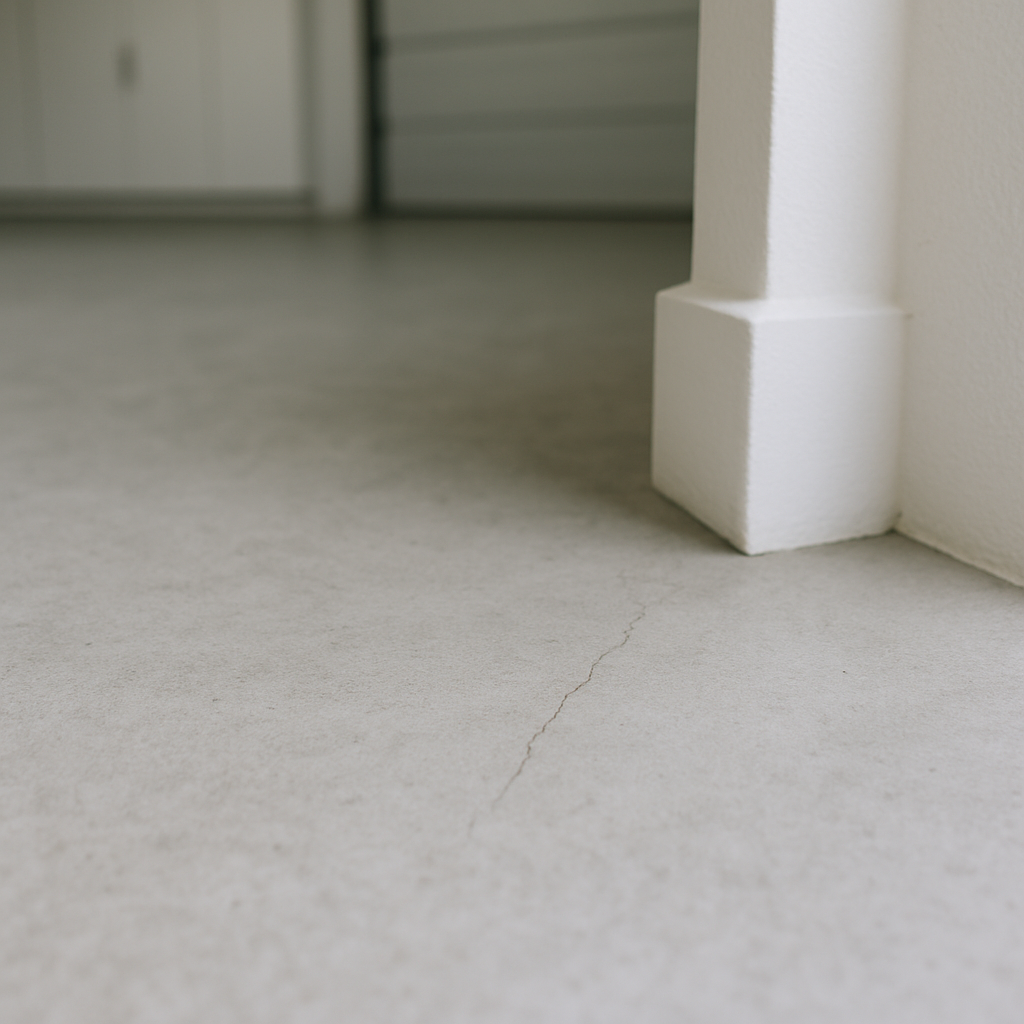Last updated on
A well-designed patio can significantly enhance your outdoor living experience, providing a versatile space for relaxation, entertainment, and enjoyment of nature. Whether you’re considering adding a new patio or upgrading an existing one, opting for custom design features can help create a personalized outdoor oasis that reflects your style and meets your needs.
In this blog post, we’ll share tips for creating custom patios and patio covers that maximize both beauty and functionality.
What's Inside
Define Your Purpose and Needs

Before embarking on a patio project, take some time to define the purpose and functionality you envision for your outdoor space. Are you looking to create a cozy spot for intimate gatherings, a spacious area for entertaining guests, or a tranquil retreat for relaxation?
Consider factors such as seating capacity, desired amenities (e.g., outdoor kitchen, fire pit, or water feature), and any specific requirements based on your lifestyle and preferences. Understanding your needs will guide the design process and ensure that your custom patio meets your expectations.
Choose the Right Materials
When selecting materials for your patio covers sanantonio, prioritize durability, aesthetics, and maintenance requirements. Popular patio materials include natural stone, pavers, concrete, brick, and composite decking. Each material offers unique advantages in terms of durability, texture, color options, and cost.
Consider factors such as climate conditions, foot traffic, and compatibility with existing landscaping elements when choosing the right material for your patio. Additionally, explore options for complementary materials such as outdoor furniture, lighting fixtures, and decorative accents to enhance the overall design.
Consider Shade Solutions

Incorporating a patio cover or shade structure is essential for creating a comfortable outdoor environment, especially during hot summer months or inclement weather. Patio covers come in various styles, including pergolas, awnings, umbrellas, and retractable shades.
When designing your custom patio, consider factors such as sun exposure, desired level of shade, and architectural compatibility with your home. Opting for a custom-designed patio cover allows you to tailor the size, shape, and materials to complement your patio design and provide optimal protection from the elements.
Plan for Lighting and Ambiance
Thoughtfully planned lighting can transform your custom patio into a magical outdoor retreat, extending its functionality well into the evening hours. Incorporate a mix of task lighting, ambient lighting, and accent lighting to create layers of illumination and enhance the ambiance of your outdoor space.
Options for patio lighting include overhead fixtures, wall sconces, pathway lights, string lights, and lanterns. Consider installing dimmer switches or smart lighting controls to adjust the lighting intensity and set the mood for different occasions.
Integrate Landscaping Elements
Blending your custom patio seamlessly with surrounding landscaping elements can enhance its visual appeal and create a cohesive outdoor environment. Integrate greenery such as potted plants, flower beds, shrubs, and trees to soften hardscape surfaces and add natural beauty to your patio design.
Consider incorporating vertical gardens, trellises, or living walls to create privacy screens or focal points within your outdoor space. Choose plants that thrive in your climate and require minimal maintenance to ensure long-term enjoyment of your custom patio.
The Takeaway
Creating a custom patio and patio cover allows you to design a unique outdoor sanctuary tailored to your lifestyle, preferences, and needs.
By defining your purpose, choosing the right materials, incorporating shade solutions, planning for lighting and ambiance, integrating landscaping elements, focusing on comfort and accessibility, and seeking professional design and installation services, you can transform your outdoor space into a stunning retreat that you’ll love to enjoy year-round.




